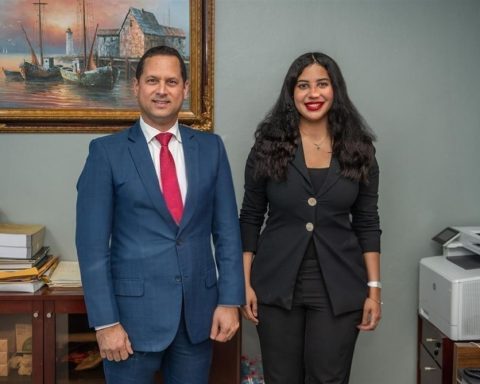The director of the Latin American and Caribbean Demographic Center (Celade)-Population Division of the Economic Commission for Latin America and the Caribbean (ECLAC), Simone Cecchini, believes that the countries of the region should strengthen the statistical systems because they are key to decision-making in the planning of public policies.
“Looking to the future, let us strengthen the statistical systems because they are key to decision-making, sow in the planning of public policies, but in particular of having critical situations such as that of the pandemic”, indicated the executive of the ECLAC.
Cecchini spoke when presenting the Demographic Observatory 2022: Demographic effects of the COVID-19 pandemic.
According to the data, the COVID-19 pandemic It has highlighted the great need for robust and timely systems for collecting and disseminating population data, disaggregated at least at the subnational level by age, sex, and cause of death.
“Countries that have rapid data collection and processing systems Quality information they have had better chances of defining action plans for COVID-19 and better tools to monitor the advance or decline of the disease”, explains the ECLAC in the conclusions of the data collection.
censuses of population and housing
It also points out that the censuses of population and housing and vital statistics are essential for population estimates and projections.
In addition, he adds that the importance of strengthening the statistical systems National governments have emphasized both the Montevideo Consensus on Population and the Goals and targets of the 2030 Agenda for the Sustainable development.
Specifically, it points out that goal 17.19 calls for strengthening the statistical capabilities of developing countries and includes specific indicators in this area and in relation to the importance of achieving completeness in the registration of births and deaths.
The ECLAC Submits that Latin America and the Caribbean lost 2.9 years of life expectancy at birth for both sexes, going from 75.1 years in 2019 to 72.2 years in 2021. “This makes it the region in the world that lost the most years of life expectancy as a result of the pandemic”.
He points out that the fall between 2019 and 2021 was greater in Central Americawhich presented a loss of 3.6 years, although there was also a high loss of life expectancy in Caribbean in 2021, as well as great inequalities between countries.
However, projections indicate that in 2022 the recovery of the lost years of Life expectancydue to the vaccination process and the measures taken by countries to combat the pandemic.
“Although he population growth in the region began to slow down in 1991, in 2020 and 2021 sharp reductions were observed as a result of the pandemic. For the period 2015-2025, an annual population growth rate of 8 per 1,000 is estimated,” it indicates.
Besides, the growth rate for the 2020-2021 period it was only 5.9 per 1,000.
It specifies that it is estimated that in 2022 the population of the region will reach just over 660 million people.
Decreasing population growth, mainly as a result of declining fertilitywill result in the region reaching its maximum population in the year 2056, with a total of 751.9 million people.


















